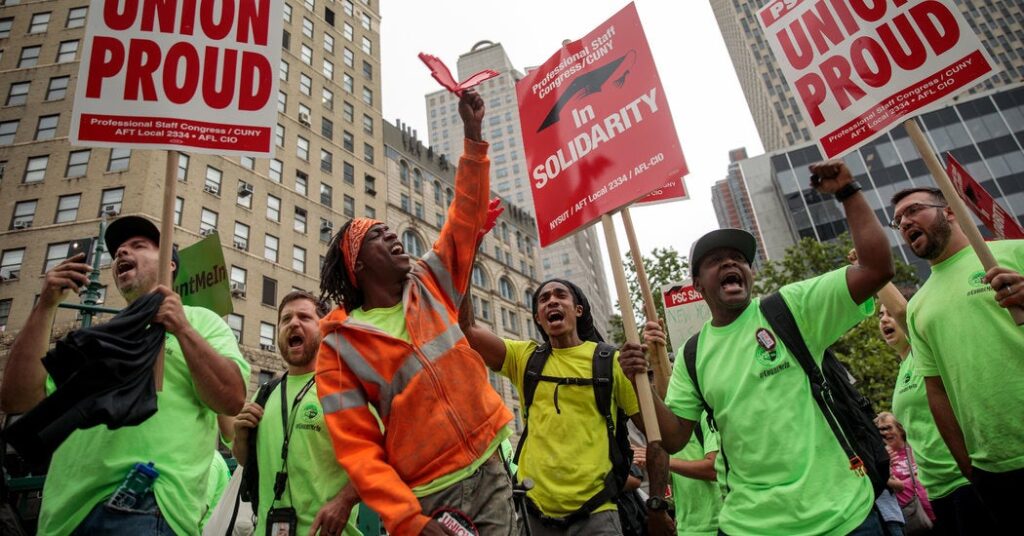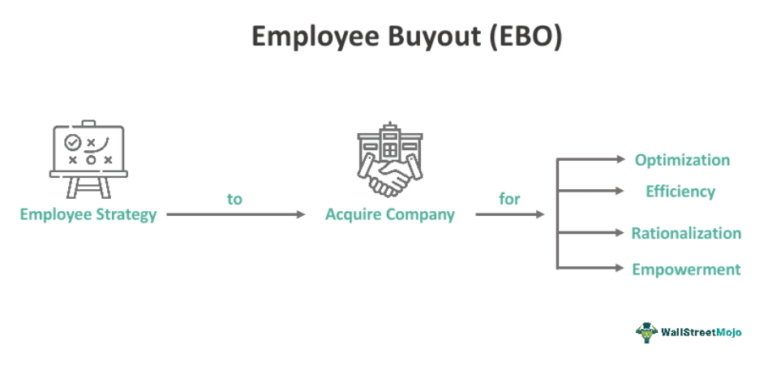
A Closer Look at the Controversial Resignation Program for Federal Workers
In today’s world, job security is a big deal. Many people wake up every day, head to work, and do their best to provide for themselves and their families. But what happens when the very jobs that people rely on seem to be at risk? Recently, a significant issue has unfolded in the federal workforce that has left thousands of employees feeling uneasy about their futures.
A federal judge has just put a stop to a controversial plan proposed by the Trump administration, which was aimed at encouraging federal workers to resign from their posts. This plan offered financial incentives, which might sound appealing at first, but many people – especially labor unions – believe it is illegal and could create more problems than it solves. This article will explain the situation in greater detail and discuss why so many federal employees are feeling anxious and concerned.
The Background of the Program
To understand why this resignation program was put in place, it’s essential to know a bit about what was going on in the federal government. When President Trump took office, he and his administration were focused on cutting costs and reducing the size of the federal workforce. They argued that there were too many employees and that the government could operate more efficiently. The idea was to streamline operations and save taxpayer dollars.
The resignation program was, in theory, a way to facilitate this goal. Federal workers were offered cash bonuses in exchange for their resignations, essentially trying to encourage them to leave voluntarily rather than facing potential layoffs in the future. Surprisingly, around 40,000 employees showed interest and opted into the program even before the deadline hit. The administration thought they were being savvy in reducing the workforce without firing anyone outright.
Legal Concerns and Union Outcry
However, not everyone was on board with this plan. Labor unions, which represent many federal workers, raised major concerns about the legality of the program. They argued that it could potentially violate civil service protections, which are meant to ensure fair treatment of government employees. Civil service rules are vital because they help employees feel secure in their jobs and protect them from being unfairly dismissed.
The unions contended that the program could lead to chaos within the federal workforce, undermining years of progress in ensuring that workers are treated fairly. Many people relied on their jobs, not just for income but also for their sense of purpose and stability. Federal workers often take pride in their jobs, believing they contribute to society and help maintain public services that so many depend on.
So, when the federal judge put a temporary halt to the program, it was like a breath of fresh air for many employees. They welcomed the news, feeling as though their voices were finally being heard in a world that seemed increasingly out of control.
The Atmosphere Among Federal Workers
The environment for federal workers has become increasingly tense. Many have expressed feeling demoralized and disheartened, especially with rumors flying around about potential layoffs and constant criticisms of their work ethic. Administration officials have accused some workers of being lazy, further embedding feelings of mistrust and frustration.
Consider this: you work hard at your job, believing in its importance, only to hear that your commitment is labeled as laziness by those in charge. It’s a recipe for low morale and heightened anxiety. It’s difficult to feel motivated or valued when you’re being attacked from leadership, and this has led to many federal employees feeling unsure of where they stand.
Protests have also popped up, showing just how passionate and concerned federal workers are about their jobs. These protests are not about disrupting the workplace but rather about expressing a deep-seated fear that their livelihoods could be at risk. When you’re afraid for your job, it’s hard to focus on anything else. The stress can become overwhelming, and it can affect both mental and physical health.
The Financial Incentives: A Double-Edged Sword
Now, let’s talk about those financial incentives. On the surface, they might sound great. Who wouldn’t want a little extra cash? But the reality is that many workers feel pressured to make a quick decision when they’re unsure of future job security. While 40,000 workers have shown interest, that doesn’t necessarily mean they’re eager to leave their jobs. In fact, many are debating whether taking the buyout is really the best option or if they should stick it out, hoping for a more secure future.
It’s kind of like being in a tough spot; you see an opportunity to step away with some cash, but that uncertainty about the job market makes you anxious. The fear of being abandoned or replaced is a strong motivator. Those who decide to leave might find themselves in a challenging job market down the line, while those who stay might feel trapped in an unstable environment.
The Bigger Picture: What Does This Mean?
While this program is just one example of changes happening in the federal government, it reflects broader issues about labor rights and worker protections across the country. It raises significant questions about how we treat employees, especially in sectors that are essential for keeping our society running smoothly.
When considering the implications of such a program, it’s essential to think about how vulnerable workers can swiftly find themselves at the mercy of decisions made by those in power. It’s a reminder that all workers need protection and a supportive work environment where they can feel secure. Without such protections, the workforce could become a shaky ground filled with uncertainty, leading to decreased productivity and a sense of distrust between employees and their employers.
What’s Next?
As the debate continues, many questions linger. Will they revisit the program? Will federal workers feel secure in their jobs or will anxiety overwhelm their productivity? And how will this affect the future of federal employees? These are issues that could shape the workforce for years to come.
In conclusion, the situation surrounding the federal resignation program is one that many of us can relate to in some form or another. Whether we’re students worried about our future jobs or workers trying to maintain stability in uncertain times, the struggles are real. It’s essential to keep the conversation going about how we can create a fair and secure work environment for everyone.
Now, we want to hear from you! What are your thoughts about job security in today’s world? Have you ever felt pressured to make a choice about your job in a tough situation? Please share your experiences in the comments!





